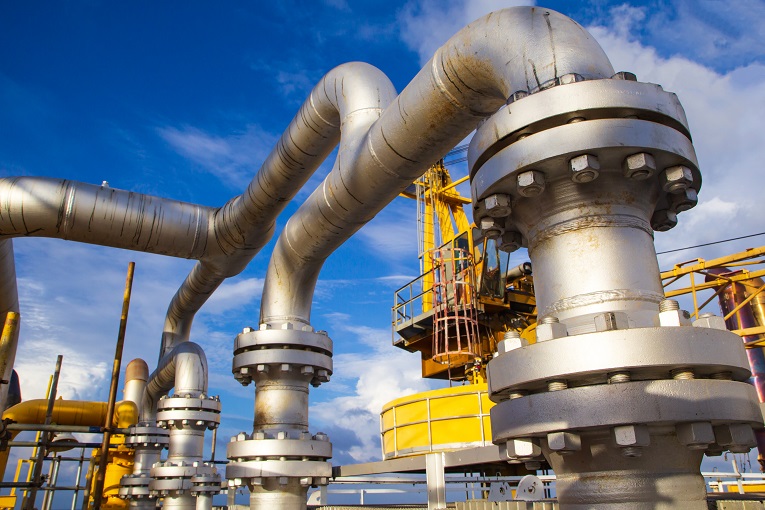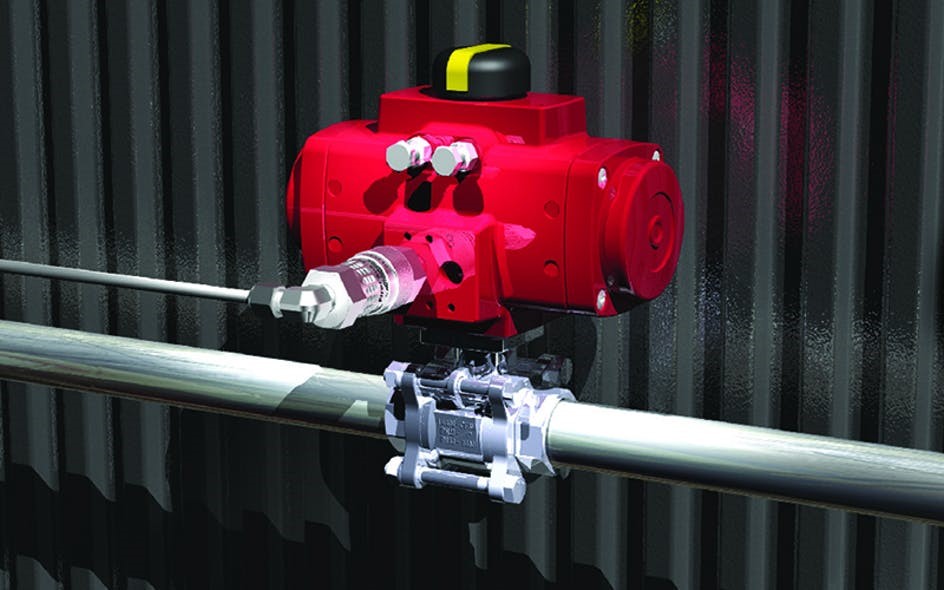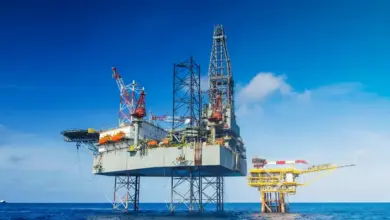
A new platform in Brazil, Peregrino C, is set to produce its very first oil.
Peregrino phase 2 will extend the Peregrino field life to 2040. Phase 2 adds 250-300 million barrels of oil, while at the same time halving expected CO2 emissions per barrel over the field remaining lifetime.
“I am thrilled that we have started production from the new Peregrino C platform. Covid-19 has made Peregrino phase 2 a challenging project, and I want to thank everyone involved for delivering the project with excellent HSE results,” said Geir Tungesvik, Equinor’s executive vice president for Projects, Drilling & Procurement.
Peregrino phase 2 consists of a new platform with drilling facilities and living quarters tied in to the existing Peregrino FPSO, as well as a new pipeline importing gas to the platform for power generation. The new platform will provide 350 long-term jobs offshore and onshore in Brazil.
The project was on schedule for planned start-up late in 2020 when Covid-19 hit the project hard, leading to cuts in the workforce several times in the crucial and normally labour-intensive hook-up phase. Still, Peregrino phase 2 is delivered within the original $3 billion cost estimate.
In line with Equinor’s low carbon strategy, measures have been taken to reduce CO2 emissions from the Peregrino field. By switching from diesel to gas for power generation on Peregrino C, phase 2 will avoid 100,000 tonnes of CO2 emissions from the Peregrino field per year.
This will also reduce costs and simplify logistics in the operational phase.
“The start-up of Peregrino Phase 2 is an important milestone in Equinor’s growth strategy in Brazil. This project showcases how we can bring valuable new resources onto production at the same time as investing in technology to cut carbon emissions. I am proud that Peregrino Phase 2 will increase field production to 110,000 barrels per day at plateau whilst halving our emissions intensity,” said Al Cook, Equinor’s executive vice president for Exploration & Production International.
The new platform is also equipped with the latest digital tools, like a 3D model of the entire platform that operators can use on an iPad in the field. This improves cooperation offshore and between the platform and the onshore operational support team in Rio de Janeiro. New digital solutions will also contribute to optimized production, reducing energy usage and thereby CO2 emissions.
The Peregrino field has so far produced more than 210 million barrels of oil since the field came on stream in 2011.











